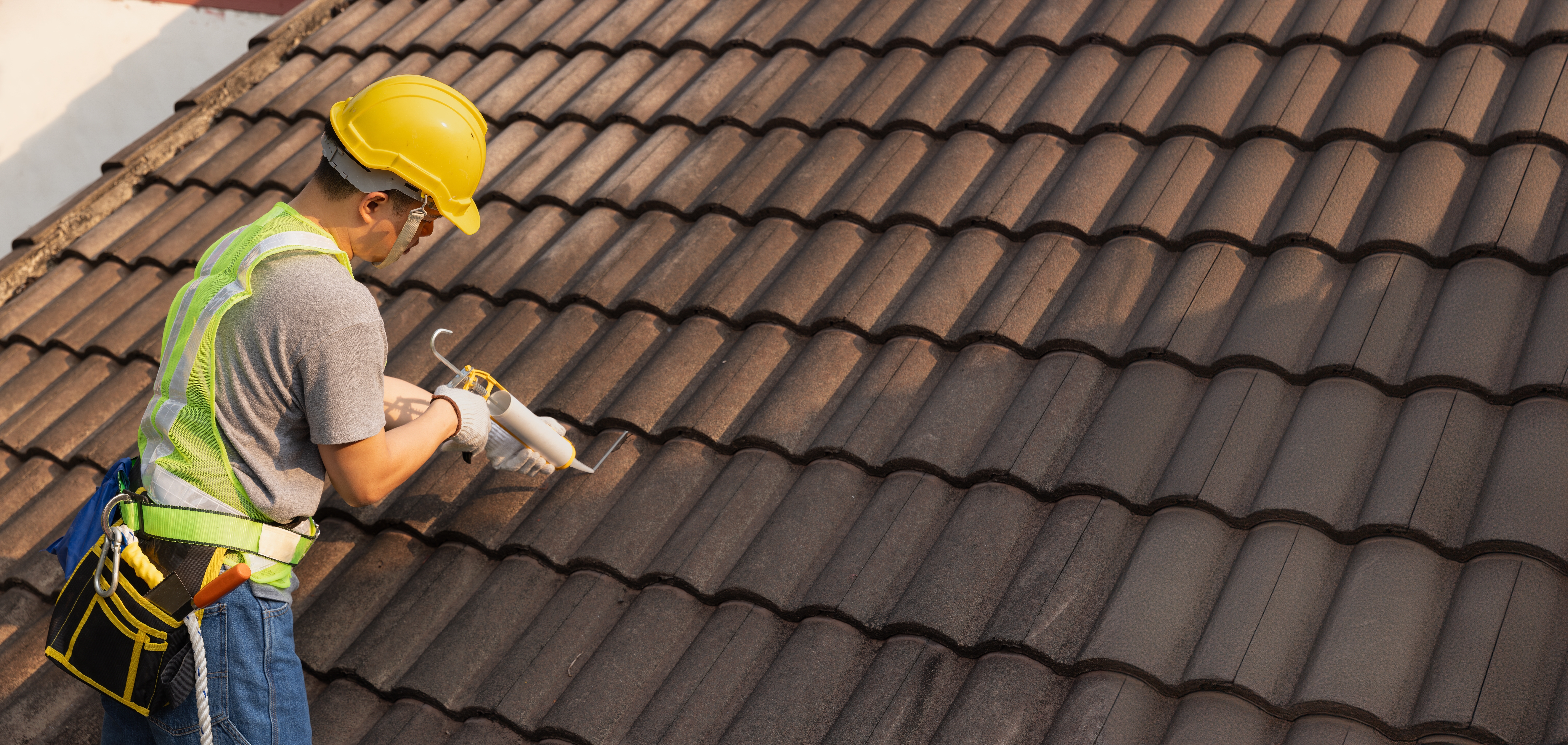
20 Oct Should You Patch a Leak or Replace a Section of Your Roof?
A leaking roof can be a homeowner’s worst nightmare. It not only causes damage to your property but can also lead to more expensive repairs down the line. If you’ve noticed a leak, you may be wondering; “Should I patch the leak, or is it time to replace an entire section of the roof?” Today, we’ll walk you through the top 5 factors to consider in an effort to help you make an informed decision for your specific situation.
1. Assess the Damage
The first step in determining whether to patch or replace a section of your roof is to assess the extent of the damage. Leaks can vary greatly in severity, and how you handle them depends on how widespread the problem is.
- Small, localized leaks: If the leak is confined to a small area, patching may be sufficient. This could involve replacing damaged shingles, sealing around vents, or fixing flashing.
- Widespread damage: If you notice leaks in multiple areas or significant damage, such as sagging or large sections of missing shingles, replacing a section of the roof might be necessary. This is often the case when the structural integrity of the roof is compromised.
2. Consider the Roof’s Age
The age of your roof plays a crucial role in deciding whether to patch or replace. Asphalt shingles, for example, typically last 20-30 years. If your roof is nearing the end of its lifespan, a replacement might be the more cost-effective option in the long run.
- Newer roofs: If your roof is relatively new and still under warranty, patching a small leak is likely the best solution.
- Older roofs: If your roof is approaching 20 years or older, a single patch job may not hold up for long. Replacing a section of the roof can provide peace of mind and prevent future leaks.
3. Factor in Cost
Repairing a leak is generally less expensive than replacing an entire section of the roof. However, continually patching a roof can add up over time. It’s important to weigh the costs of frequent repairs versus the cost of a more permanent solution like replacing a section of the roof.
- Patch cost: Patching a small leak could cost between $100 and $500, depending on the complexity of the job.
- Replacement cost: Replacing a section of the roof typically costs $500 to $2,500 or more, depending on the size of the area and roofing material. While it’s more expensive upfront, replacing part of the roof can prevent additional damage and reduce the need for future repairs.
4. Look for Signs of Deeper Issues
Sometimes, a leak is a symptom of a more significant problem. If your attic shows signs of mold, wood rot, or moisture damage, simply patching the leak won’t be enough. In these cases, it’s best to replace the affected section of the roof to ensure the underlying issues are addressed.
5. Evaluate the Long-Term Impact
A patched roof may hold up in the short term, but if your roof has sustained significant wear and tear, patching could become a temporary fix. Replacing a section of the roof not only resolves the immediate issue but can also enhance the overall lifespan and resale value of your home.
Conclusion
In deciding whether to patch a leak or replace a section of your roof, the key factors are the extent of the damage, the age of the roof, and your long-term cost considerations. For small, isolated leaks on newer roofs, patching can be an effective solution. However, if your roof is older, has widespread damage, or shows signs of deeper issues, replacing a section may be the best route.
Always consult a professional roofing contractor that you can trust to assess the damage and provide an expert recommendation. This way, you’ll make the right decision for your home and ensure your roof stays in top condition (pardon the pun) for years to come.



